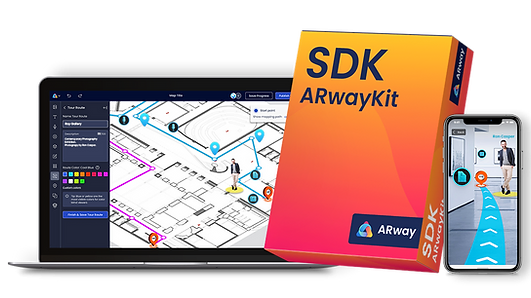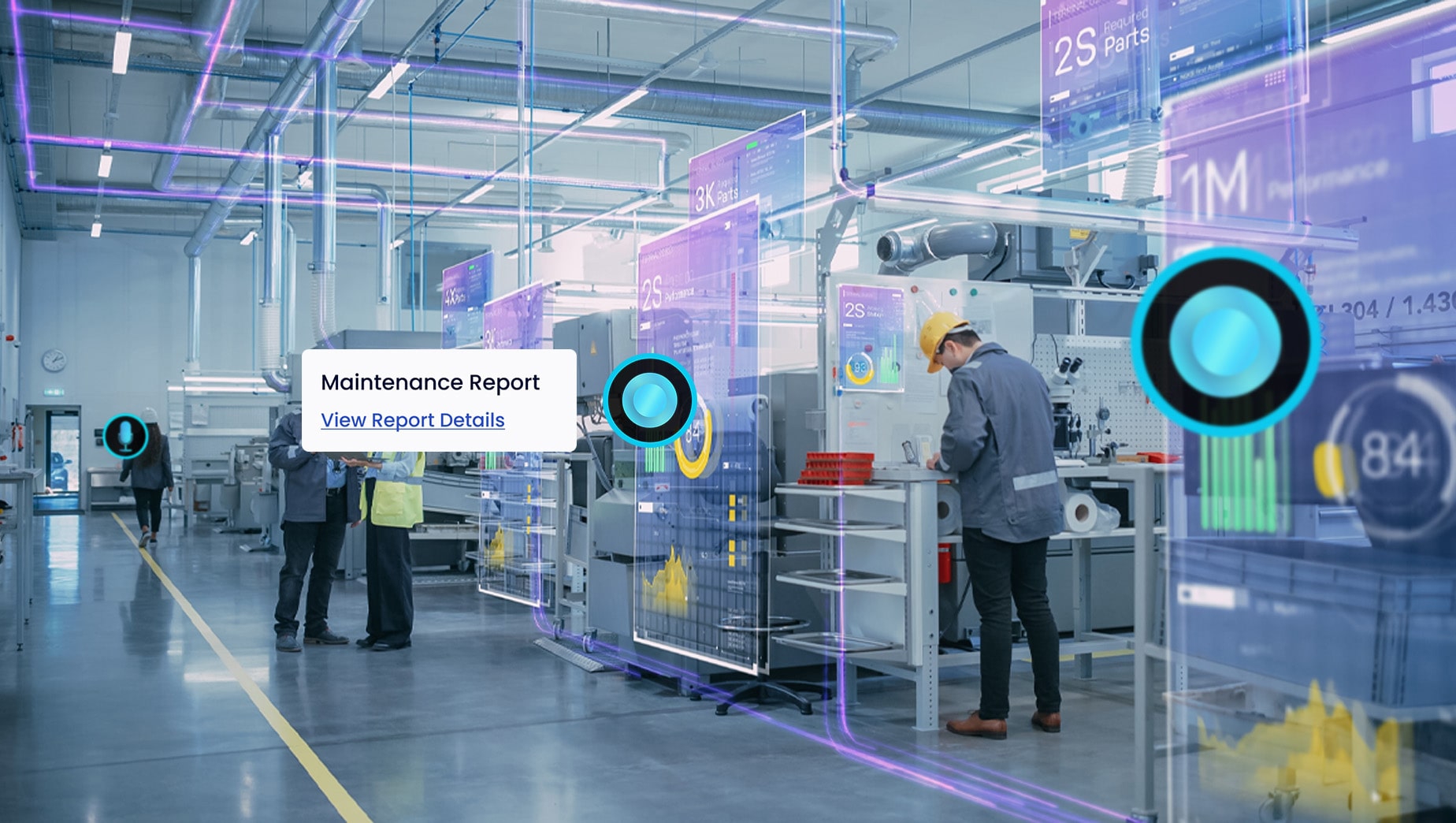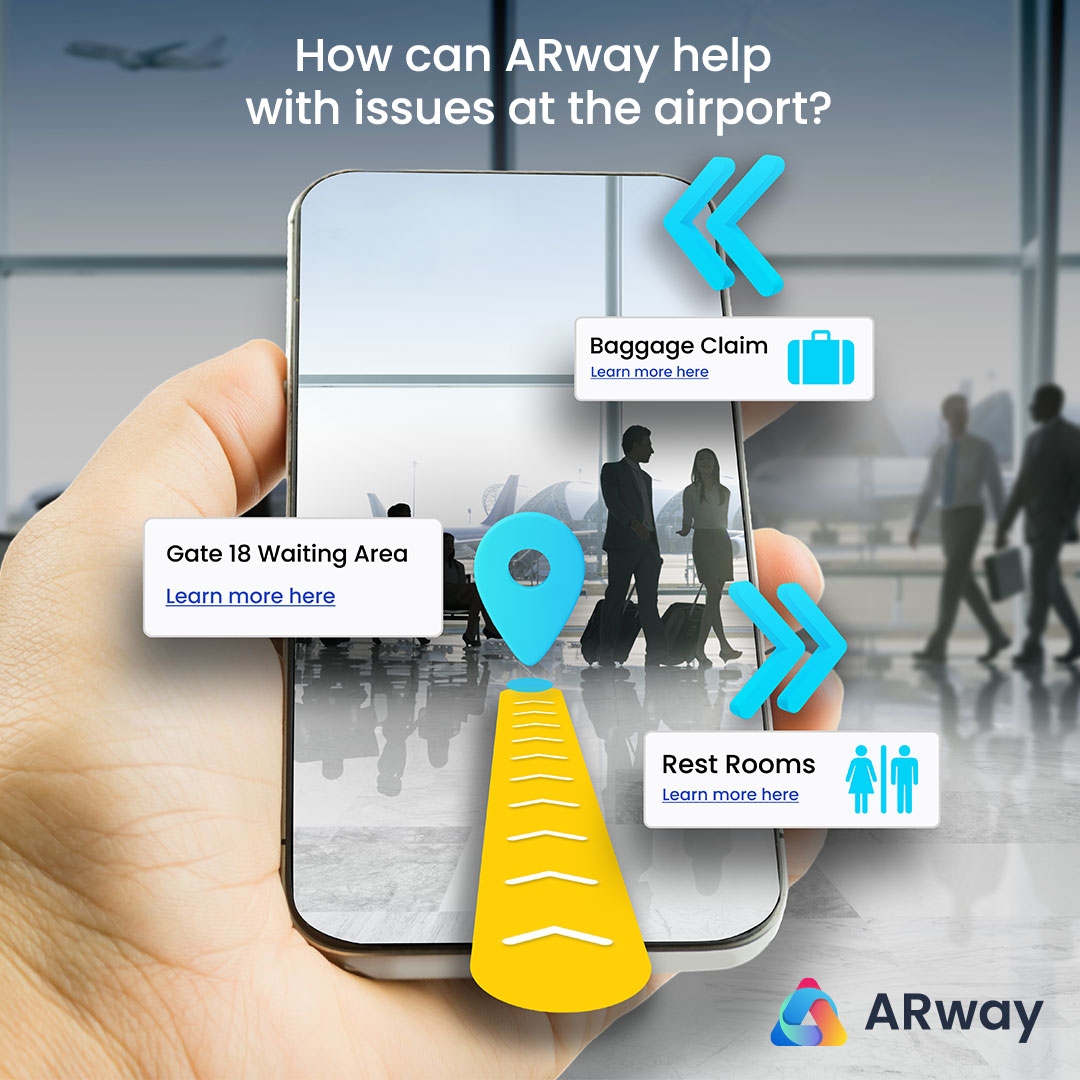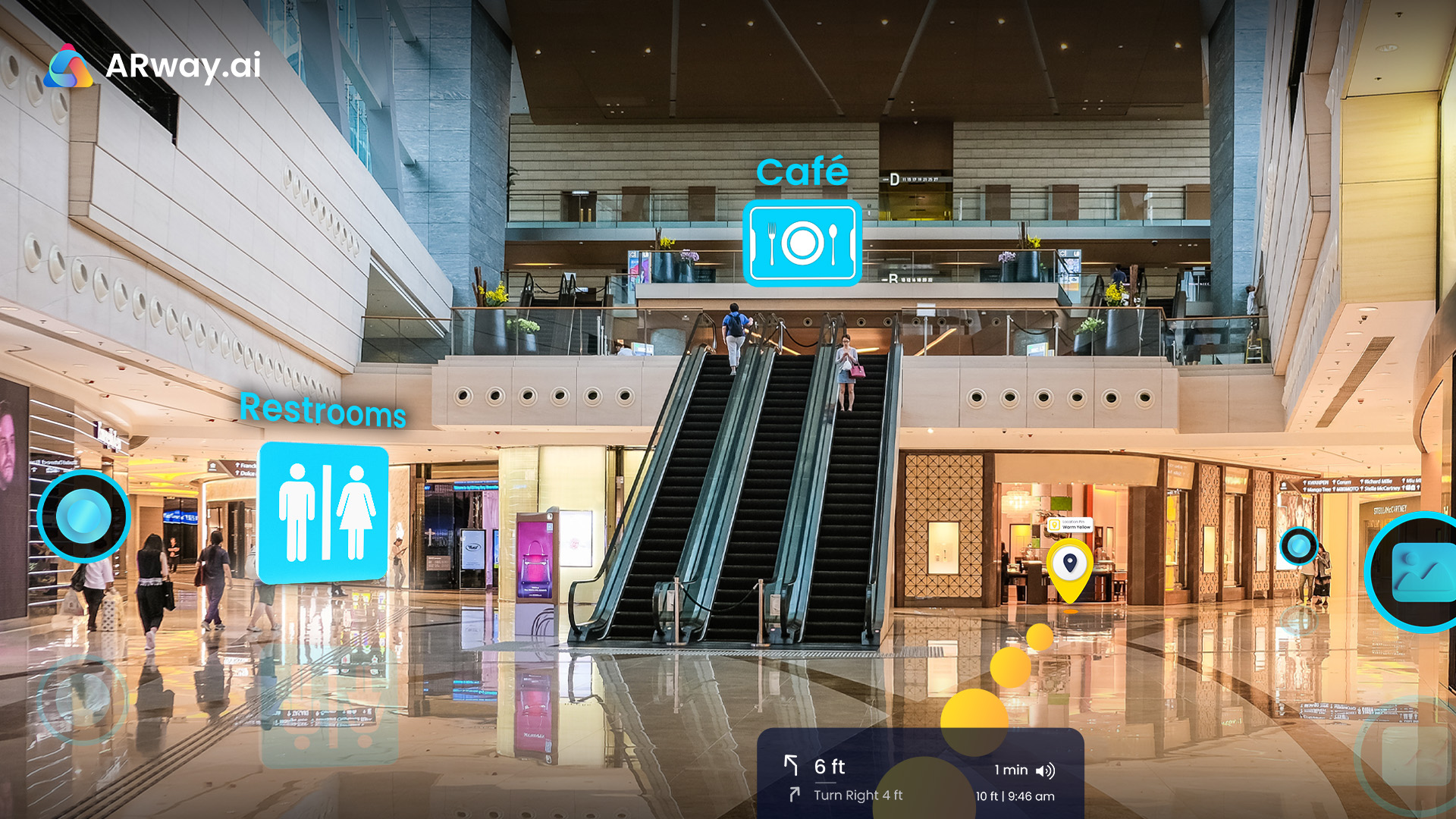The ways people use information to navigate the world have changed dramatically over the years. Maps themselves have gone from rudimentary representations of the world to ultra-precise depictions that provide data unimaginable even a few decades ago. The technologies that have powered this evolution continue to advance, and those advances will introduce new capabilities that we can’t even imagine at this point.
Today, we’d like to look at the idea of spatial computing – which underlies much of the mapping and wayfinding technologies we’ve come to depend on.
What is Spatial Computing?
Spatial computing integrates virtual reality (VR), augmented reality (AR), and mixed reality (MR) with the real world. It allows people to move through and interact with the digital and the physical world simultaneously. It’s an amazing technology that opens the door to new opportunities and experiences.
Before digging into some examples of spatial computing in action, it makes sense to describe the technology required to make spatial computing work. It’s a long list that includes 3D visualization, artificial intelligence, LiDAR, speech and gesture recognition, remote sensing, GPS, GIS, 5G networks, and powerful graphics processing capabilities – and that’s just scratching the surface.
This tangle of technologies has kept some people from taking advantage of the disruptive possibilities of spatial computing. That reluctance is unfortunate and unnecessary. At ARway, we have brought all of these critical technologies together in an integrated and easy-to-use navigation platform.
It is made up of three key components:
- ARway App – a mobile app for creating or experiencing spatial computing in a physical environment
- ARway Creator Portal – a web-based authoring, publishing, and analytics studio
- ARwayKit SDK – the ability to easily build spatial computing mobile apps

Together, they allow people to create, manage, and track the performance of AR maps and interactive experiences without writing a single line of code.
Spatial Computing in Action
How do these things function in the real world (so to speak)? Let us provide a few examples of spatial computing in action based on our work at ARway:
Stadiums and Concert Venues
These are large – and largely unfamiliar – spaces. They are often crowded and distracting environments. Making it easy for people to find seats, restrooms, and specific vendors is a popular AR wayfinding application. Contextual signage – whether commercial or informational – can also be used in these dynamic spaces.
Museums and Art Galleries
These are information-filled spaces but the limits of time and space make it impossible to see and experience everything. Advanced wayfinding, curated routes, guided tours, and context-enabled AR activations can enrich the visitor experience. You can see how the London Science Museum has used ARway in this short video.
Events and Tradeshows
Similar to the venues described above, these large spaces have the added complexity of an ever-changing floor plan based on each specific event. Even the most intrepid show floor wanderer can become lost in the crowded aisles of a large convention or expo. AR wayfinding makes it easy to navigate to specific booths or to deliver marketing and branded display activations in an event hall’s virtual “airspace.” The video below, featuring the Trend Hunter Future Festival, illustrates how simple it is to use ARway and spatial computing to improve the trade show experience.
Retail
Everyone has experienced the frustration of not being able to find a product on a store shelf. At its extreme, it can lead a customer to abandon the entire shopping expedition – bad news for retailers in a challenging economic environment. AR wayfinding can help customers find the merchants and products they are looking for while also making it possible to promote brands and enhance the overall shopping experience.
These applications are only the tip of the iceberg. Any large, multi-purpose venue – including educational institutions, hotels and resorts, medical facilities, corporate campuses, warehouses, construction sites – can benefit from AR navigation and other spatial computing applications.
This is the dawn of a new age of spatial computing capabilities, and ARway is leading the way. To take advantage of the exciting developments in this space and learn how ARway and spatial computing can help your organization (within hours, not weeks), get in touch with us here.









